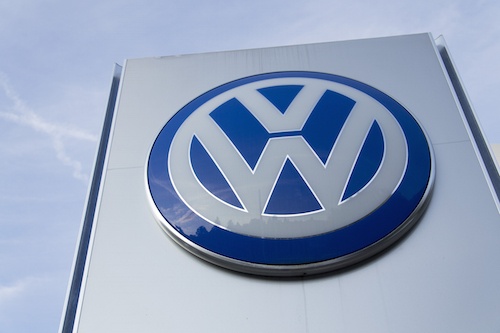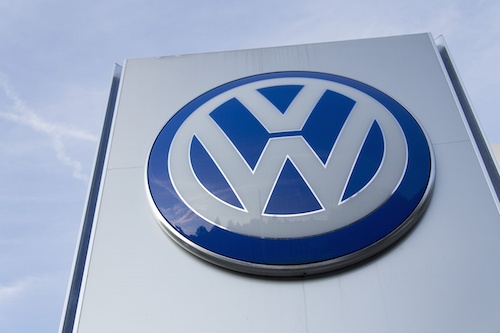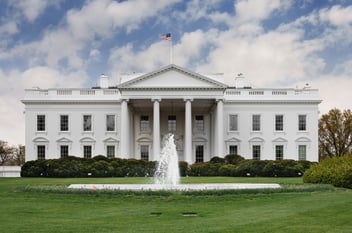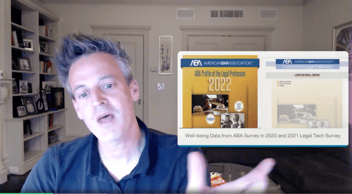
By: Michael Singer
Edited by: Sigalle Barness
D&O Insurance is one of those areas of law practice that stays off the radar until “the latest, greatest” corporate scandal rocks the globe. It’s arcane and murky, best left to learn when necessary. But…since the latest, greatest just occurred, with Volkswagen’s CEO resigning in late September in the wake of its emission-test rigging fiasco, the D&O game is again afoot. Although VW may have limited exposure stateside, it presents a good context for considering what D&O coverage is, how it works and some of its unique quirks. Always prescient, Lawline invited a couple D&O experts to do just that before the VW smog hit the fan. Joe Monteleone (Rivkin Radler LLP) did a stint in executive claims in the midst of his career, and Ty R. Sagalow (Innovation Insurance Group), almost literally wrote the book on D&O during 25 years at AIG. Their presentation, An Update to “What Makes D&O Liability Insurance Unique?” provides an indispensable who, what, when, why and “huh?” to these policies that are commonplace in the corporate world:
- Who? Policies generally cover directors “duly elected” by the shareholders and officers “duly appointed” by the board of directors. Fancy titles don’t get you anywhere. Just because a person has the title of “director” or “vice president” does not bring that person under the ambit of a D&O policy. So the “Assistant Vice President of Making Sure the Coffee Room Contract is Renewed” is not covered under the D&O policy. Employees generally are not covered, though they may be included when they are co-defendants with a director or officer of the company.
- What? D&O insurance typically consists of three, core, separate agreements, called Side A, Side B and Side C.
- Side A covers claims against directors and officers not indemnified by the corporation. The liability of D&O are personal liabilities, “meaning if someone else won’t pay their legal bills,” they’re personally on the hook.
- Side B is for the benefit of the corporation. When a corporation does indemnify directors and officers, Side B provides for reimbursement of the corporation.
- Side C is entity coverage. For a publicly traded company, this is for securities claims only. Privately held and not-for-profit companies enjoy more entity coverage—all risk unless specifically excluded.
In addition to these three, core agreements, there are additional or supplemental agreements, such as shareholder derivative insurance, outside director insurance, environmental mismanagement, etc. These agreements will be denominated Side D, Side E, Side F and so on.
- What? Part 2: When a claim is made against an insured, whether it is covered under the D&O policy naturally depends on the provisions of the agreement. Usually, the policy will state that the claim must involve “a wrongful act.” A wrongful act is broadly defined (but check your client’s policy): “An actual or alleged act, error, omission, misstatement, misleading, neglect, or breach of duty by an Insured Person in her or his capacity as such.”Sagalow warns that there are variations on this definition that are often not in the favor of the insured, such as when the word “negligent” is inserted between the words “alleged” and act. This vitiates up to 70% of the coverage. The most interesting issues that come up have to do with whether the particular officer or director engaged in a “wrongful act” while acting in her capacity as director and officer. A director who is also a shareholder may commit an otherwise wrongful act, but if it is in her capacity as a shareholder and not as a director, it is not covered.
- When? D&O policies are “claims-made” policies. Regardless of how long a course of conduct occurs, and how many interrelated acts underlie the conduct, a claim challenging that conduct relates back to the earliest act and is covered by the policy in effect at that time. This can create problems for companies because notifying the insurer of a possible claim “during the policy period” is also a requirement under D&O policies. Such notices must be specific as to the acts and actors involved, even if there is not a current claim against them.
- Why? Notice under D&O policies is tricky. Specificity of the notice of claim is critical because coverage can be lost due to inadequate notice. You have to give notice of circumstances that create a claim during the policy period when the claim arises, and the notification can often be of circumstances that lead the corporation to believe a claim may be made, if at all, well into the future, when the entity may have a different insurer and has certified to the new insurer that it has made a prior notice of the claim. So…if you gave notice to a prior carrier, then any claim arising out of those circumstances are excluded from current policies. If your prior notice wasn't specific enough, the prior carrier might deny the claim for non-specificity and the current carrier will deny for notice under a prior policy.
- “Huh? I thought we were covered for that.” The “notice exclusion” is only the tip of the iceberg when it comes to possible coverage exclusions in a D&O policy. The list of exclusions is long and growing, ranging from misrepresentation to “insured vs. insured” exclusions, which seek to avoid collusive lawsuits pitting a corporation against a director or officer that wronged the corporation. There are also exclusions required by law, such as when the company is forced to disgorge ill-gotten gains. You can’t recover a profit to which you weren’t entitled.
To find out more of the who, what, when, why and even a little more “huh?”—you’ll find Messrs. Monteleone and Sagalow holding court at Lawline Industry.
.png)




-1.png?width=352&name=09.25.25_blog-header%20(1)-1.png)
